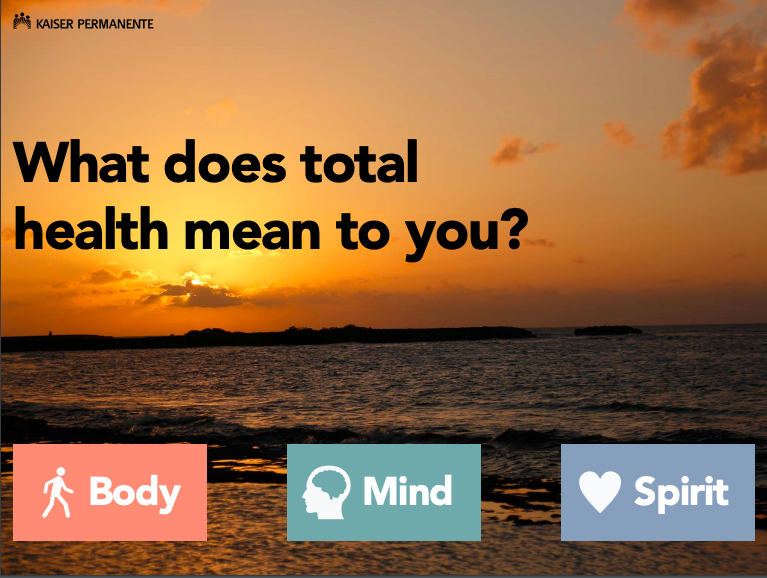Improving Patient-Centered Care through A Custom iPad Kiosk App

The Kaiser Permanente Los Angeles Medical Center is home to some of the most efficient and impressive technology in the medical field. The hospital wanted to broadcast this fact while also showcasing their cutting-edge staff, research, and facilities, so they turned to Fifth Tribe to build an educational platform that would give patients and their families a look into Kaiser Permanente and its services. Our creative development team took the project on to launch an iPad Kiosk that is located in the Innovation Room at the Medical Center.
Before Fifth Tribe could brainstorm and eventually develop effective and functional ways to create the digital experience that Kaiser Permanente was hoping for, we visited the site to evaluate a couple of key informative points. It was a critical step in the process to become familiar with the space, as well as the hospital, its mission, and, importantly, its patients and their needs. We then began an iterative feedback process with Kaiser: following their branding guidelines, we would construct potential wireframes and concepts for the application and would then submit them for feedback. Each step of the way, we would test our prototype, make observations, and then implement improvements until we reached the final application architecture.
The educational application that Fifth Tribe designed and developed for Kaiser Permanente is centered around the question, “What does total health mean to you?” It became clear during our briefing, interview, and research process that Kaiser Permanente was concerned with and invested in the whole person, and Fifth Tribe was entrusted to discover how to showcase this mission. Our challenge was to figure out how to convey the ways Kaiser Permanente could tend to the well-being of their patients and their patients’ families both inside and outside of the hospital. The solution was a digital platform that focuses on the health of the mind, body, and spirit; together, these three form the whole person. Instead of just a showcase, the application became a tool to educate on how an individual can prioritize their health not only in the doctor’s office, but on an everyday basis as well. For example, for a user who is concerned with a healthy body, the platform prompts them to select either “Stay Active,” “Eat Healthy,” or “Live Well.” Depending on the user’s concern, each tab offers either advice, program suggestions, individual assessments, resources, or links to informative videos. It even incorporates methods to implement these tools and tips while in the hospital; e.g. the app features walking routes within the Medical Center that a user can follow to “get some air, burn some calories, and clear your mind,” as well as digital walking tours of many of the wings. Each module features ways for Kaiser Permanente clients and families to manage their health and learn how to live healthier and more well-rounded lives; by doing so, Kaiser expresses their concern and commitment to those who trust them with their health.
This application was piloted on an iPad Kiosk system at the Los Angeles Medical Center and was widely successful as a means of demonstrating patient-centered care not only within the hospital doors, but into the world as well. The impact of this project was improved patient-centered and family-centered care for the hospital, simply due to the fact that Kaiser’s mission became an experience that users could engage with and understand more deeply.


